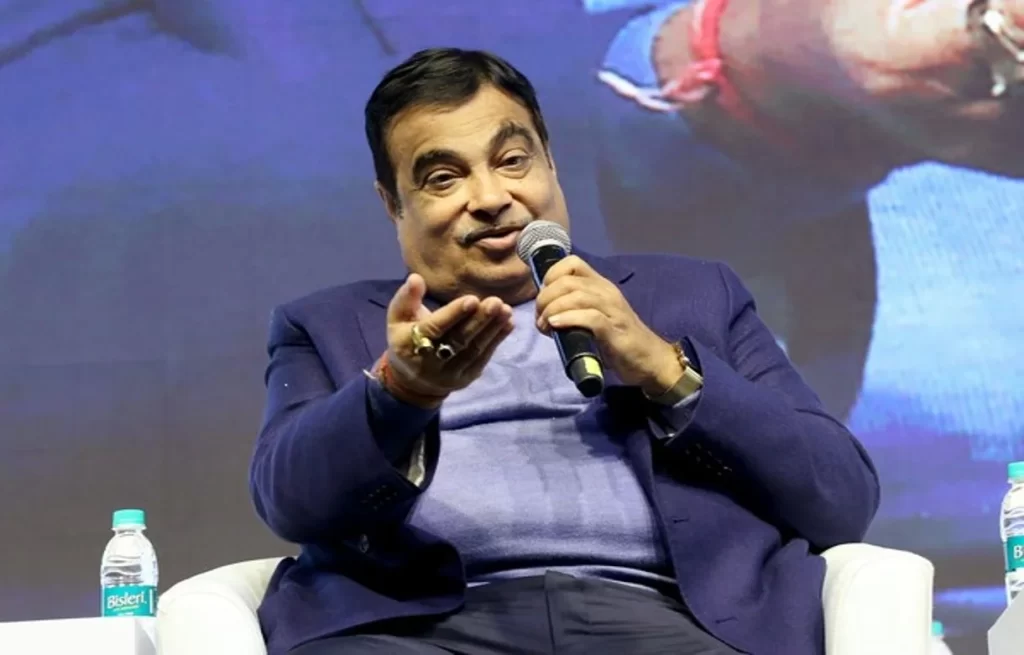New Delhi, June 10: In a significant development aimed at tackling urban congestion, Union Minister for Road Transport and Highways Nitin Gadkari has revealed that the central government is exploring the introduction of flying buses in Indian cities, starting with Delhi and Bengaluru. The announcement was made during his address at a recent transport innovation summit.
According to Gadkari, the government is in discussions with international companies that specialize in electric aerial mobility solutions, with a focus on developing sustainable and futuristic public transport options. He said that flying buses — similar to vertical take-off and landing (VTOL) vehicles — could provide an effective alternative to ground-based commuting, especially in traffic-heavy urban centres.
“Delhi and Bengaluru are among the cities identified for pilot projects. We are studying global technologies and exploring partnerships to make this a reality,” Gadkari said.
The concept involves the use of electric-powered aerial vehicles that can transport passengers over traffic-congested areas. These vehicles would operate from designated terminals or “skyports”, drastically reducing commute time and easing pressure on existing road networks.
With cities like Delhi and Bengaluru regularly ranking among the world’s most congested urban areas, the Ministry believes that aerial transit could serve as a complementary mode of travel alongside metros, buses, and other public systems. Gadkari emphasized that the objective is to create a multi-modal, eco-friendly urban mobility ecosystem.
The initiative is in line with the government’s broader agenda to promote green and smart infrastructure. Gadkari highlighted that flying buses, being electrically powered, would not only decongest roads but also help reduce vehicular pollution in densely populated regions.
“The government is committed to reducing both travel time and emissions. This is not just a futuristic concept; we are taking concrete steps to study and implement such technologies,” he added.
Transport experts have welcomed the move but urged caution. They stressed the importance of safety protocols, air traffic management, infrastructure development, and public awareness before implementing such a high-tech solution.
Some analysts noted that while the proposal appears promising, it would require coordination between multiple stakeholders, including civil aviation authorities, urban planners, and private tech firms.
Meanwhile, reactions on social media ranged from enthusiastic support to skepticism, with users calling it a “bold step” and “India’s entry into next-gen public transport,” while others questioned the feasibility of such projects amid current urban infrastructure challenges.
If successful, India would join a growing list of countries testing urban air mobility solutions, marking a new chapter in the country’s transportation evolution.



